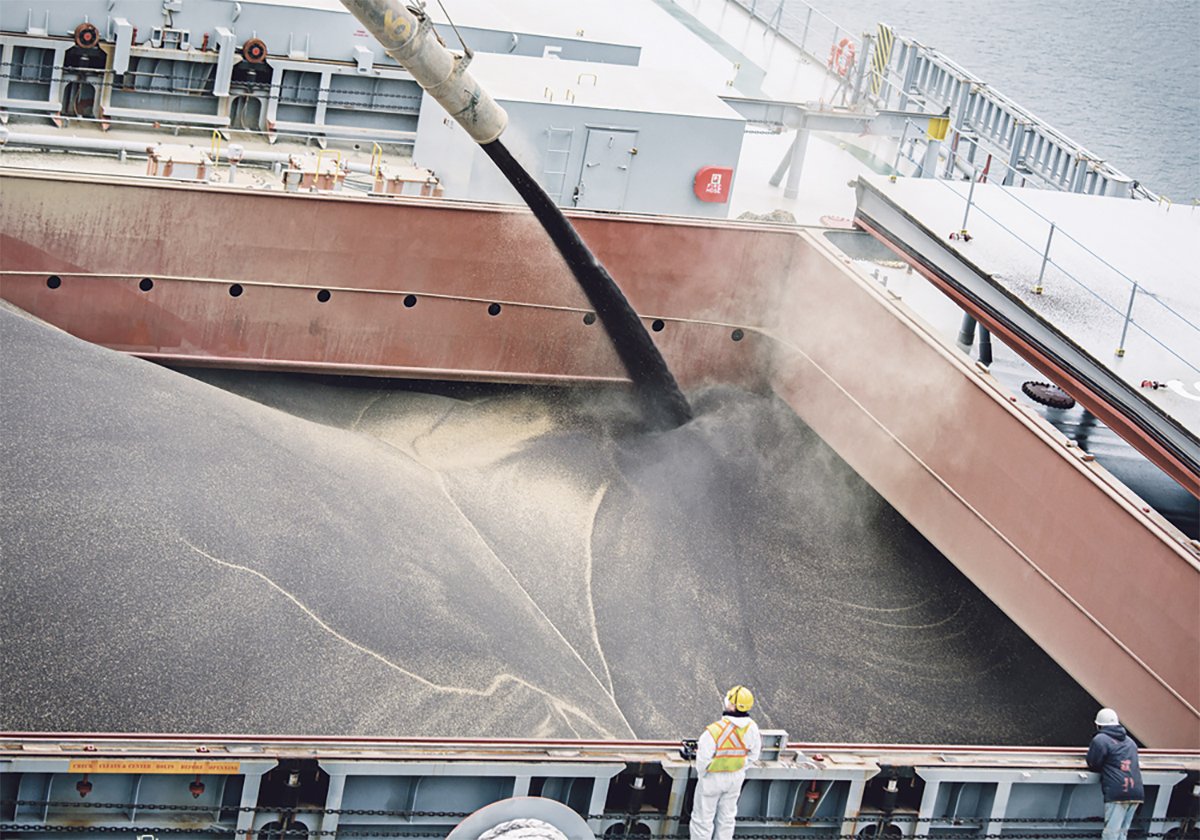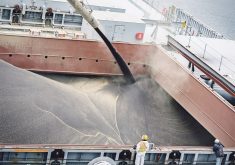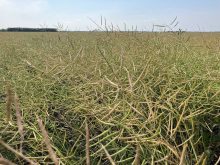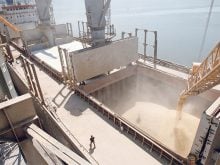Wheat prices rose last week based on worries about frost damage in Argentina’s crop and dry soil in America’s winter wheat region.
Of the two, the U.S. situation has the greater potential to affect prices long term.
The U.S. Department of Agriculture’s last crop condition report on the winter wheat crop before it entered dormancy rated it 44 percent good to excellent.
That was the worst rating since 2001 when it was also 44 percent. In 1999, the rating was worse at 43 percent.
It is dry in Texas and Oklahoma and somewhat dry in Kansas. In Texas, 70 percent of the seeded acreage had germinated by Nov. 25, compared to the five year average of 85 percent. Oklahoma had 83 percent emergence compared to 95 percent on average and Kansas, the biggest winter wheat producer, had 96 percent emergence, compared to 97 on average.
Read Also

Exports off to a slow start after last year’s torrid pace
Canadian grain, oilseed and pulse exports are off to a slow start, but there are some bright spots, according to the Canadian Grain Commission’s most recent weekly export data report.
It is far too early to say the crop is a writeoff, but there are worrying signs, as highlighted in Sean Pratt’s story on page 6.
Let’s look at what history can tell us about fall conditions and their impact on final U.S. winter wheat yield and production.
In the period 1995 to this year, the average combined yield for hard and soft red winter wheat is 43.4 bushels per acre.
In 2001, at the end of November, the crop was rated 44 percent good to excellent, the same as this year. The following summer farmers harvested a much below normal yield of 38.2 bu. per acre.
However, in 1999 when the rating was 43 percent good to excellent in the fall, the crop wound up producing an above average 44.6 bu. per acre. So a dry fall does not condemn the crop, but it does make spring moisture all important.
In Pratt’s story, Bill Tierney said the current situation reminds him of the fall of 1995, which like this year was a time when American farmers had increased wheat acreage.
The crop was in better shape in November of that year, 52 percent good to excellent, but because of a La Nina there was little snow and no spring rain. When harvested the following summer, the crop yielded only 37.1 bu. per acre, with most of the losses in the hard wheat portion, where yield averaged only about 29 bu. per acre.
Also, about 24 percent of the seeded winter wheat acreage was abandoned that year. Normally the number is closer to 16 percent.
The result in 1996 was a wheat price record that stood until this year.
La Ninas can also be felt in South America’s soy regions, usually producing drier than normal conditions. It is already a little dry in Argentina and southern Brazil. If that continues, oilseed prices will likely rise.
















